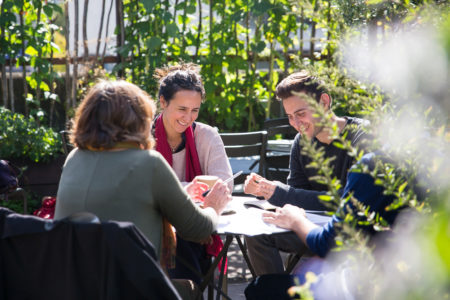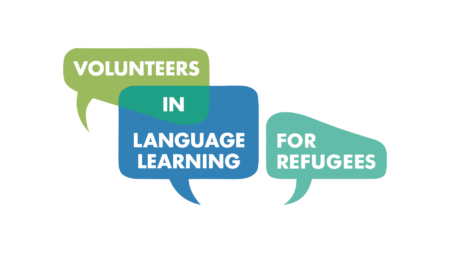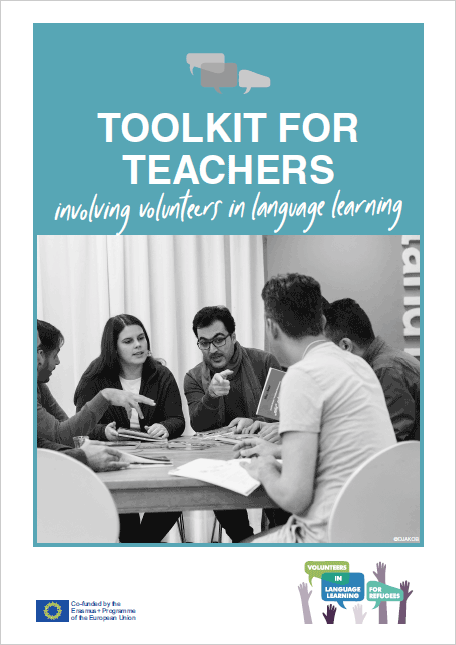Volunteer Induction

Once you or your organisation’s coordinator have found a suitable volunteer,it’s important to have some kind of induction with them. Even if you are supported by a coordinator for volunteers you as the teacher should always take responsibility for certain parts of the induction. In any case we recommend that you meet the volunteer before they introduce them to students.
The preparation that teachers do with their volunteer before that volunteer enters the classroom serves several functions:
Relationship building
The induction process should be a chance to build rapport with someone you’ll potentially be working with regularly and to begin to establish a dynamic in terms of your roles.
Information gathering
If this hasn’t been achieved through the recruitment process, induction allows institutions and teachers to gather information about volunteers. This may fulfil legal obligations relating to safeguarding, insurance or other record keeping.
From the teacher’s point of view, recruitment and induction should give you an understanding of the skills, experience and knowledge that volunteers can bring to the classroom. It should also help clarify what the volunteer wants from the volunteering experience so that you can support them, where possible, to get the most out of their placement.
Good communication between teacher and volunteer
The induction process is also an opportunity to communicate your needs, expectations and boundaries regarding how the volunteer’s role and how they can best support your teaching. This could include some training, which we’ll also briefly cover below.
The induction could also be an opportunity to ensure that volunteers understand the organisational context in which your classes are taking place and your teaching approach – both in terms of values and methods. It can also provide a space for the volunteer to ask questions and get reassurance about how volunteering will work and what difference they’re going to make.
Shared contact / agreement
Finally, the induction process is about reaching a clear and mutually acceptable agreement between teacher and volunteer about how you’re going to work together. This can be supported by a verbal or written contract.
Most of the induction process will happen via face to face conversation – probably a one-to-one chat, ideally between teacher and volunteer
The one-to-one meeting: what to cover
Below are some suggestions for what you could cover with a volunteer in the induction process. Not all points will be relevant to your context - pick and choose what is helpful. Whilst all of this could be covered in conversation, it could also be communicated via documents for the volunteer to read, before or after the meeting. Beneath the headings we have also included some explanations, information and suggestions about the induction area.
It’s also worth saying that whilst this section includes a long list of points for consideration this should not be a replacement for human warmth and there should be space and license for you to use your gut instinct as well! Getting a sense of someone and building a relationship is not an exact science. It could also be very off putting if you approach the one-to-one meeting with too much formality and reliance on a check-list for guiding conversation!
Do you want to learn more about Volunteer Induction?
"If I do something wrong, I have confidence in the teacher to tell me how I should do things differently. That confidence and trust is important to make the corporation work."
Volunteer, Denmark

